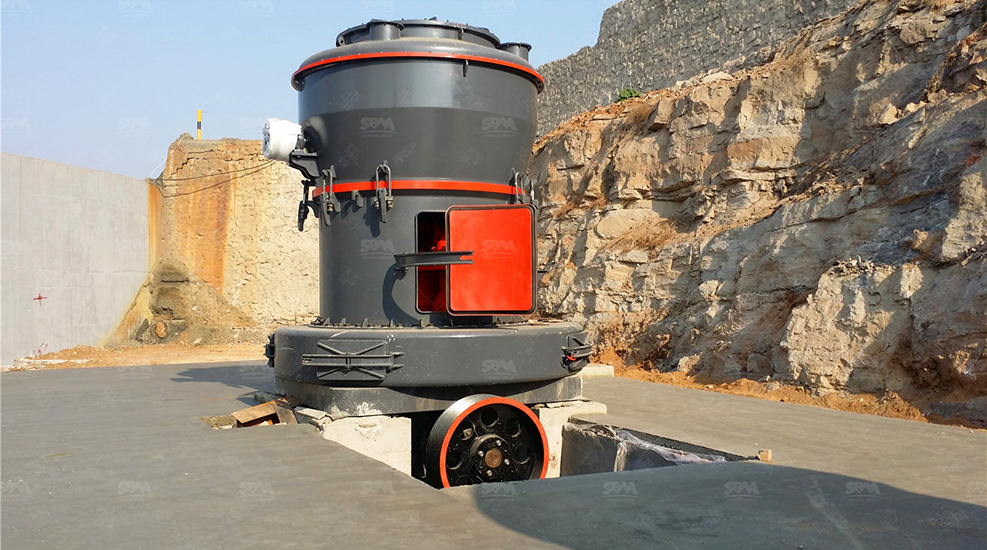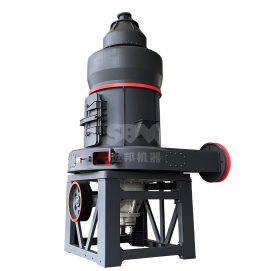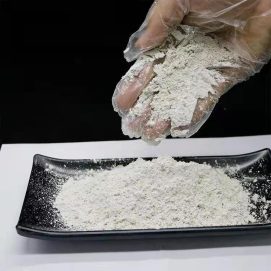
The global transition to clean energy has ignited unprecedented demand for functional minerals. Battery-grade lithium compounds, solid-state electrolyte powders, and high-purity graphite now command 15% annual growth – a surge straining traditional mineral processing methods. Conventional grinding systems consume excessive energy while struggling with consistency in ultra-fine ranges (200-500 mesh) required by modern applications. The industry requires a technological leap.


When a Chilean lithium producer needed to triple output of battery-grade spodumene (target: 98% <38μm), our MTW215G mill became the cornerstone of their solution. With 50mm feed acceptance and 15-45 t/h throughput capacity, it replaced three legacy mills while achieving three critical objectives:
The MTW platform’s adaptability stems from engineered innovations that address non-metallic mineral challenges:
| Mineral Type | Processing Challenge | MTW Engineering Solution |
|---|---|---|
| Phosphate Rock | High abrasion causing premature wear | Special alloy grinding rollers with 8,000hr lifespan |
| Barite | Contamination in high-purity applications | Isolated lubrication system preventing oil ingress |
| Copper Concentrates | Overgrinding increasing acid consumption | Real-time particle size modulation via PLC |
Traditional mills operate at fixed parameters, wasting energy during material fluctuation. Our MTW systems embed neural networks that continuously analyze:
During a Moroccan phosphate project, these algorithms dynamically adjusted grinding pressure and fan velocity, slashing energy use by 40% while maintaining 200 mesh target fineness.
The MTW ecosystem integrates three waste-reduction technologies:
Our mills’ power-flexible design enables seamless renewable integration:
Beyond operational efficiency, MTW mills extend resource value through:
With MTW215G mills processing 50 t/h of battery minerals at 0.038mm fineness, producers gain capacity to serve growing markets without expanding footprints. The convergence of European grinding principles with smart sustainability features positions this technology as the foundation for next-generation mineral processing plants – where production growth and environmental stewardship coexist.
As mineral demands evolve, one truth remains: The powders powering our future will be ground sustainably, or not at all. The technological framework exists. The question remains – which producers will lead the transformation?